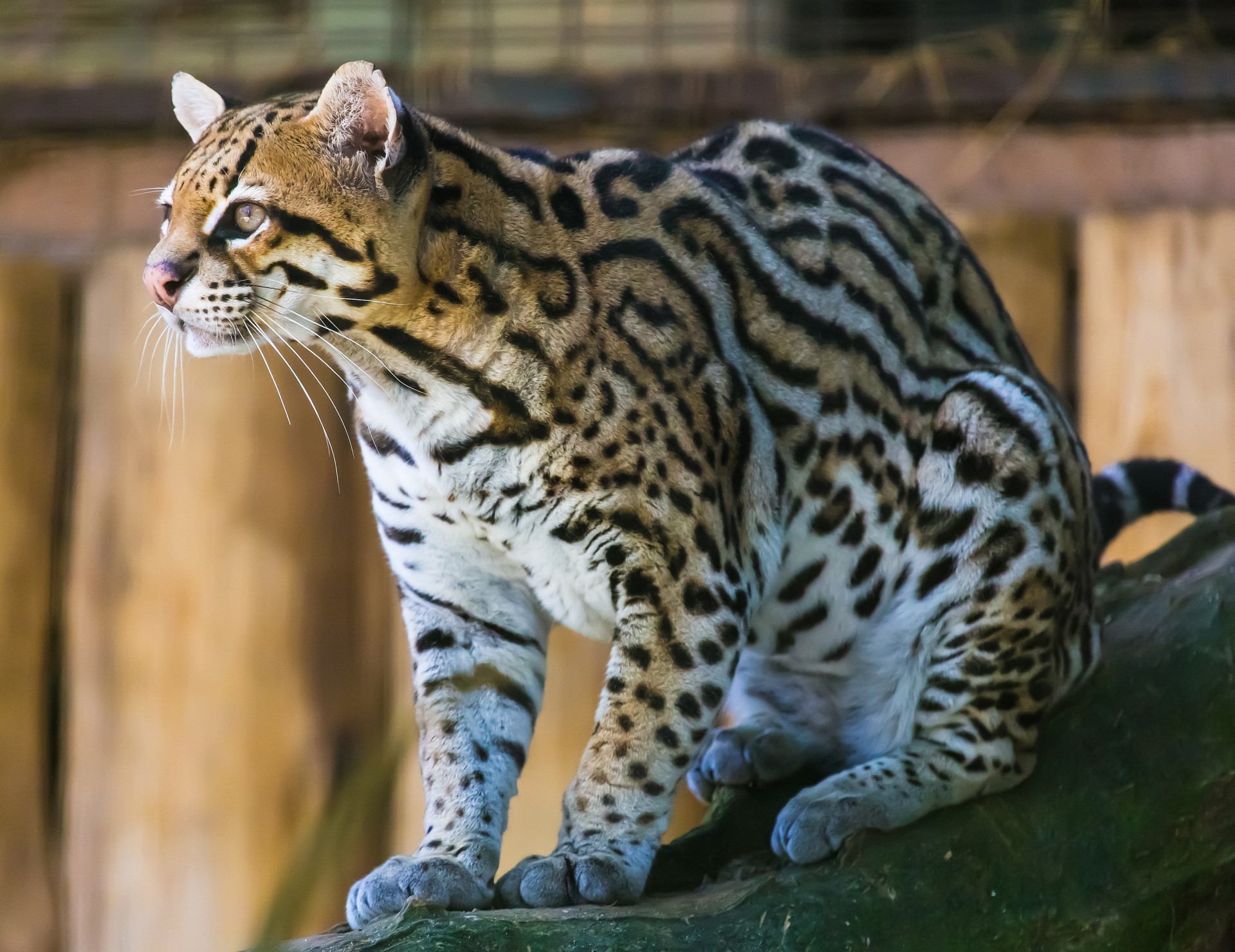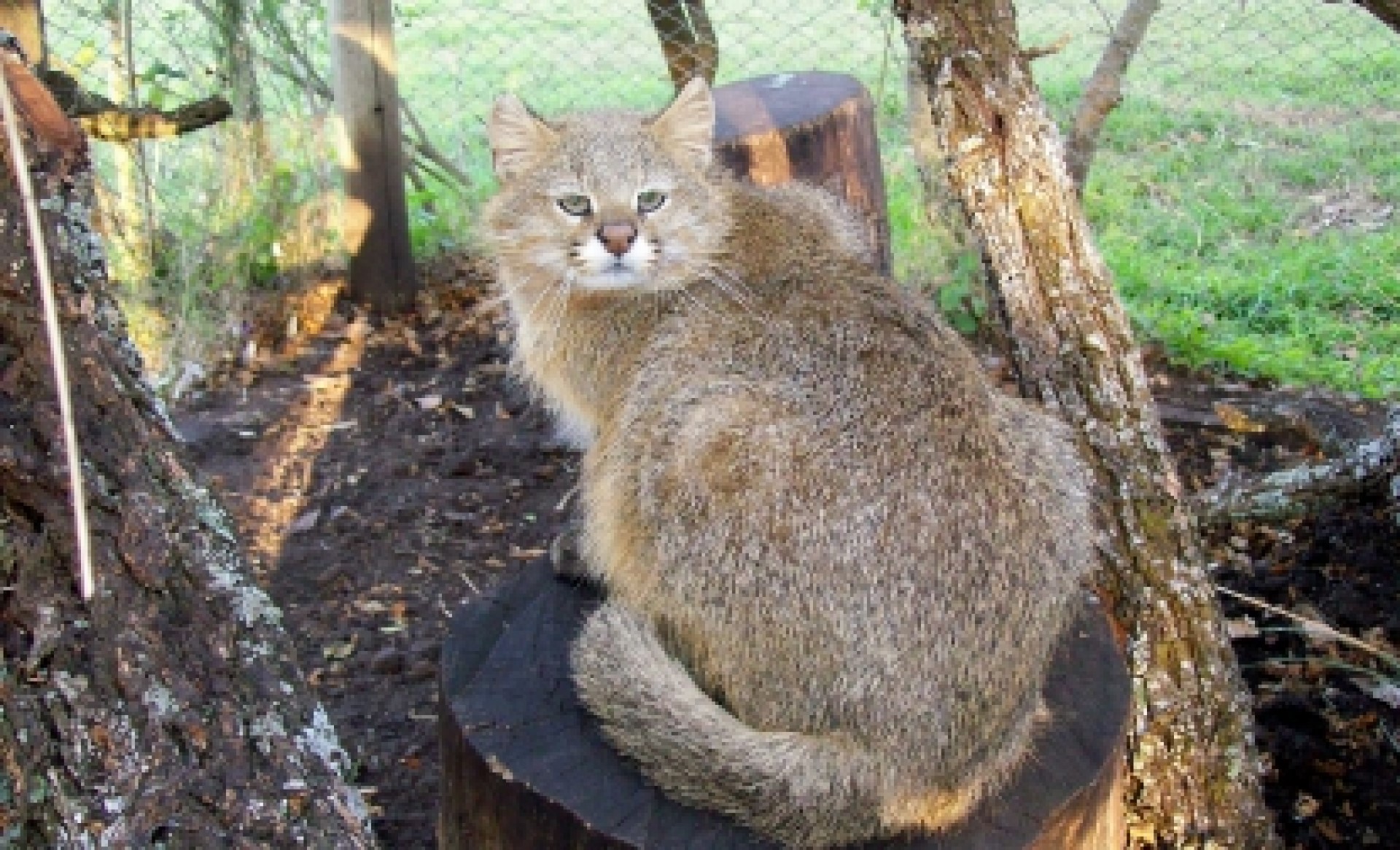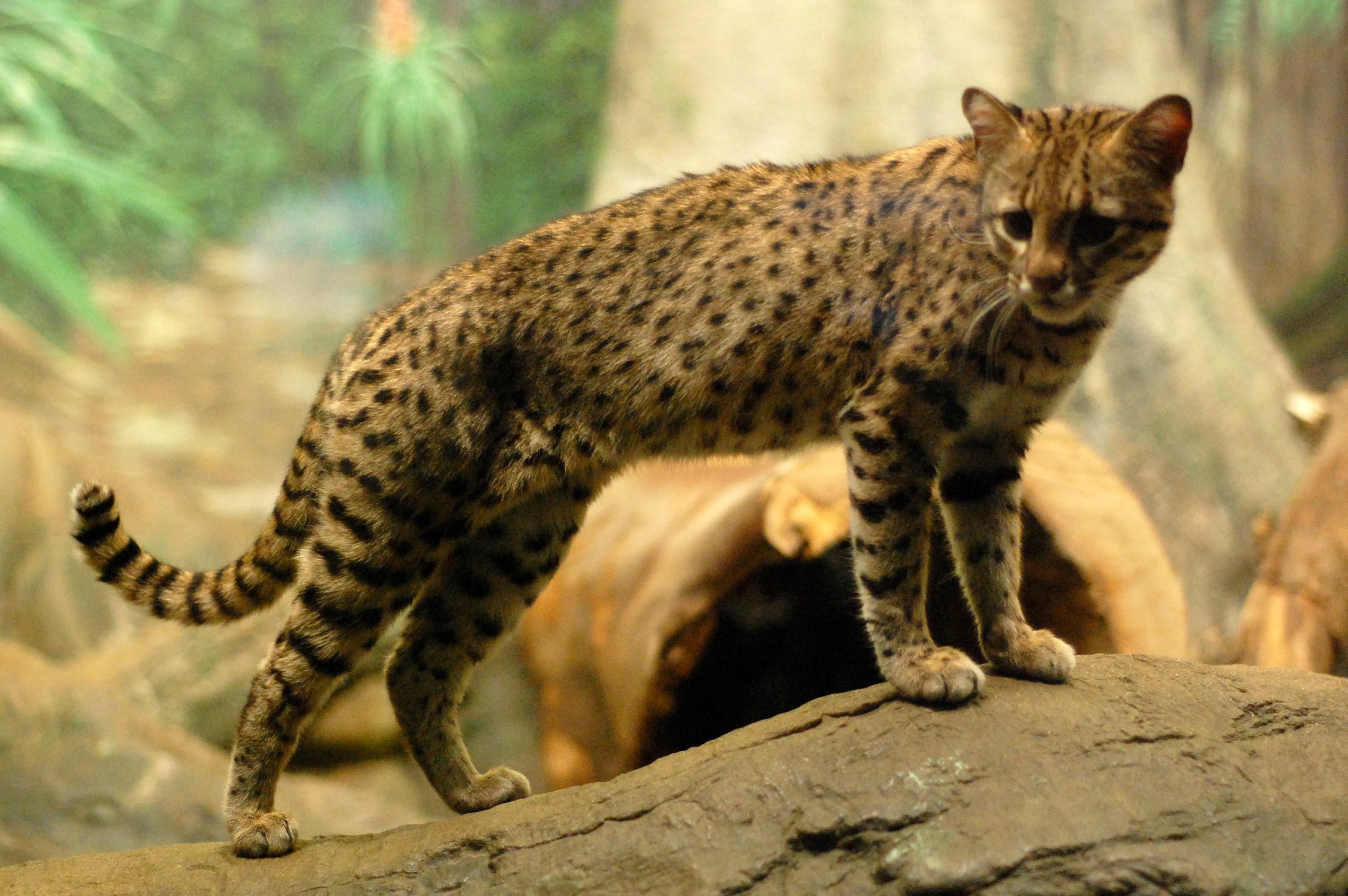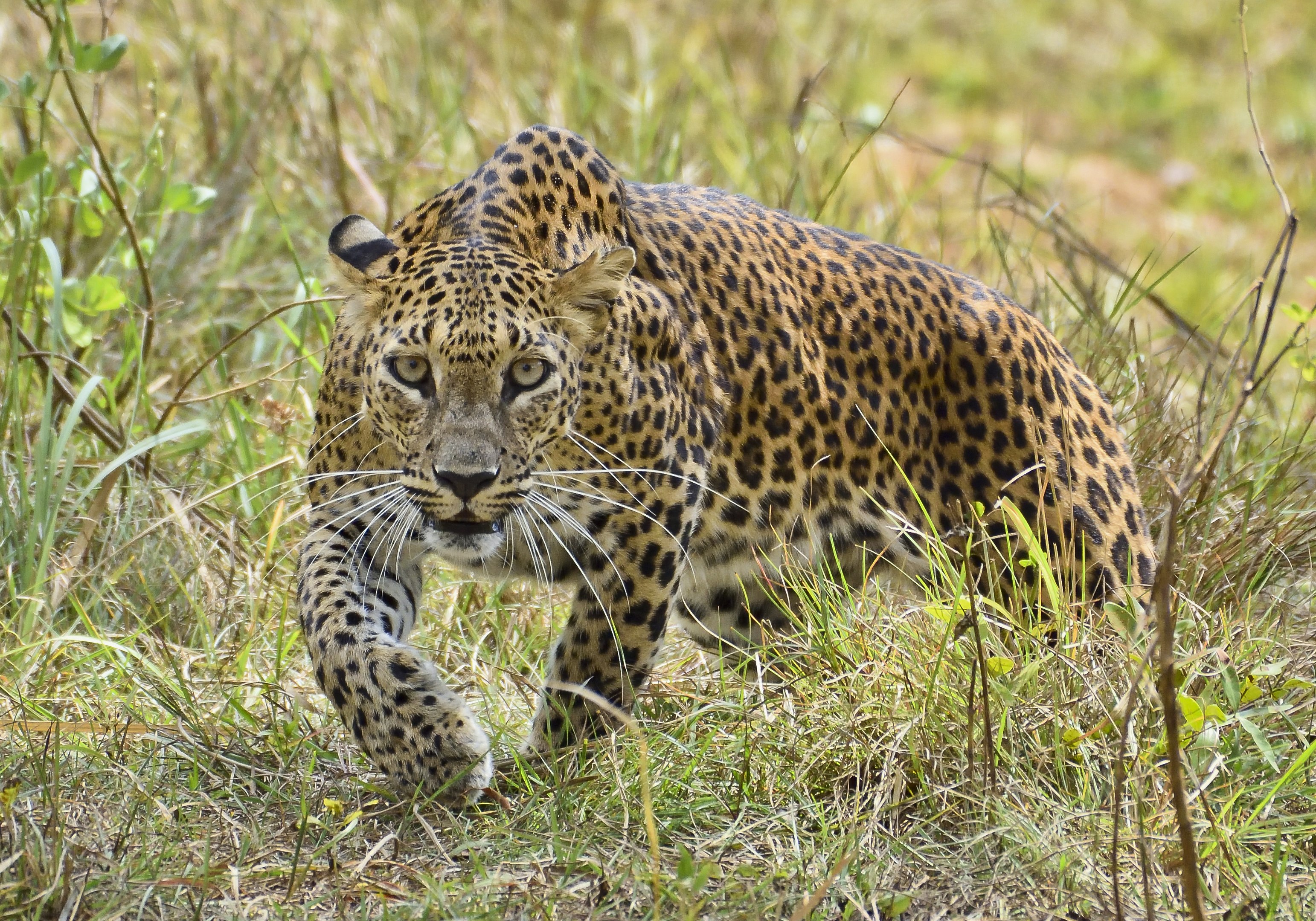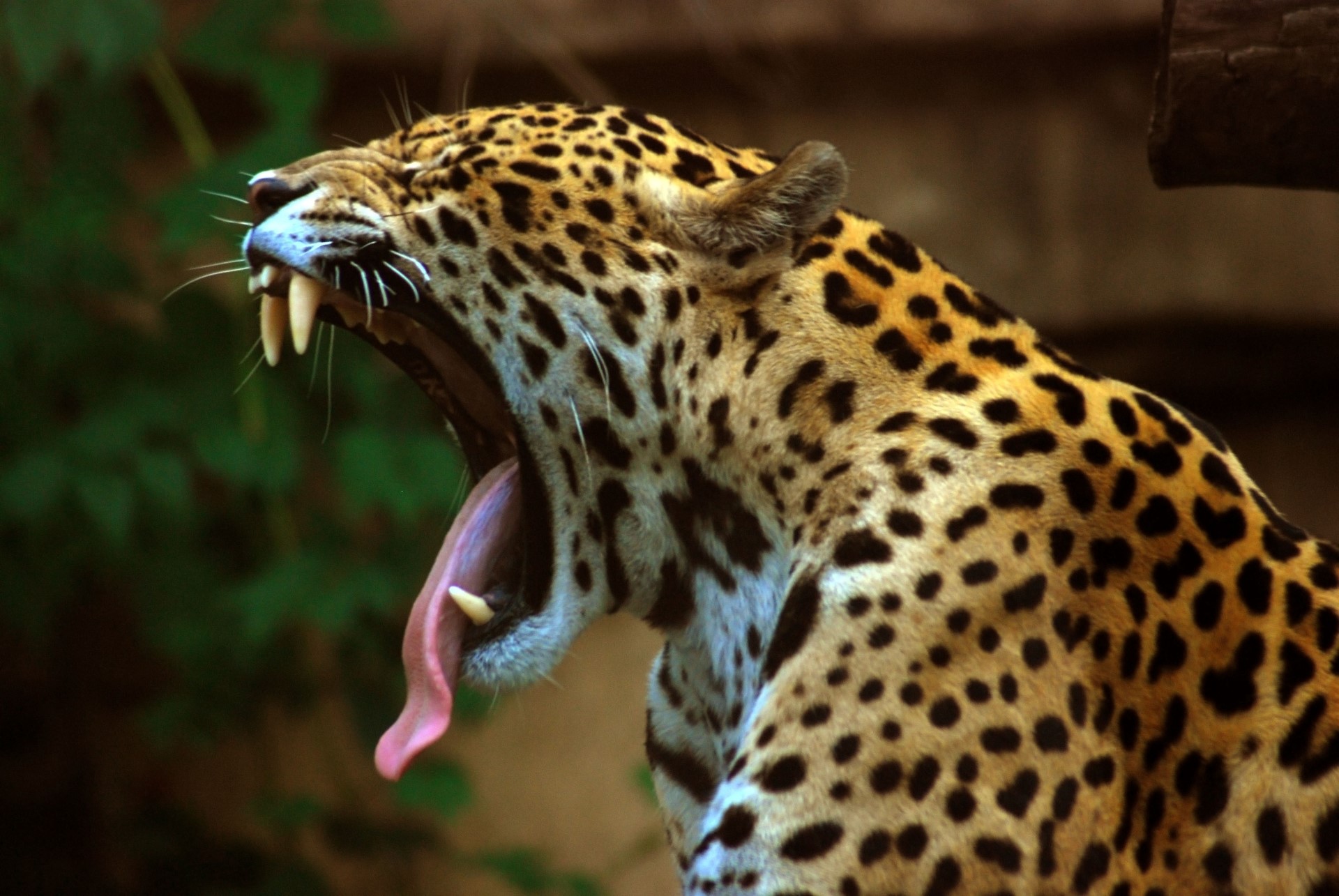The referendum on Yasuni reserve will benefit a huge range of species, along with several groups of uncontacted tribes of indigenous people. The vote was not close, with 90% of votes counted protection won by around 20%. It will also keep around 726 million barrels of oil in the ground. Given that one barrel is 158 litres, that is 114 billion liters of oil, and as each one emits at least 3 kg of carbon dioxide, this is going to save 350 billion kg of carbon dioxide released into the air. This is a huge win for the environment, but also for the wildlife of the Yasuni reserve.
Cougar (Puma, mountain-lion, Catamount even Panther)
Ocelot
Pampas cat (previously called the Colocolo cat)
Geoffrey’s cat
Jaguar
Is it possible to buy beef from South America, and be sure your not supporting deforestation? A new study suggests not
It would appear that no matter what supermarkets are saying, South American beef is still encouraging deforestation. According to a new study 1.1 million cattle with boot directly from protected areas within in the rainforest, with a further 2.2 million cattle found to have spent at least some of their lives grazing in protected areas or on indigenous land.
It should be noted that this study largely stops taking you data in 2018. This is not because they got bored, but because at the beginning of 2019 Jair Bolsonaro olsonaro was elected and change the rules so they could not do the work they were doing.
As much as 70% of the Amazon rainforest deforestation has been entirely down to creating space for cattle grazing. While virtually every meat producer has promised not to source their meat from these areas, information appears to be kept intentionally lacking so that these meat producers can get away with using resources they have promised not to.
Quite apart from the high carbon footprint of consuming South American beef in Europe, it is clear that we cannot do, and be sure we are not contributing to the loss of the Amazon rainforest.
I should mention (as I have in the past) that my family have largely seems to eat beef. We have not gone vegetarian, but have found that replacing beef mince with turkey mince not only greatly reduces our carbon footprint but is almost indistinguishable after it has been cooked. If you must eat beef (unless something changes dramatically this is likely to always have an unacceptably high carbon footprint) at least eat British beef- not only should it have much lower travel carbon footprint, but there are no rainforests in the UK to be lost.


